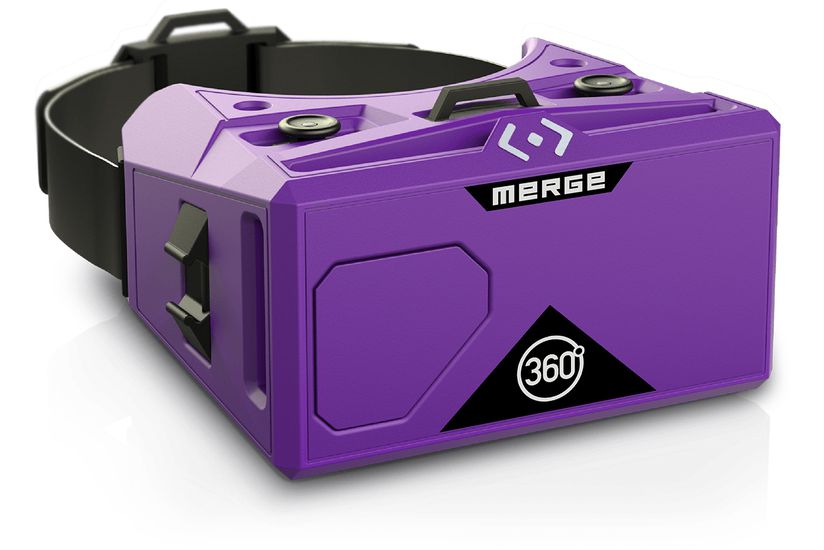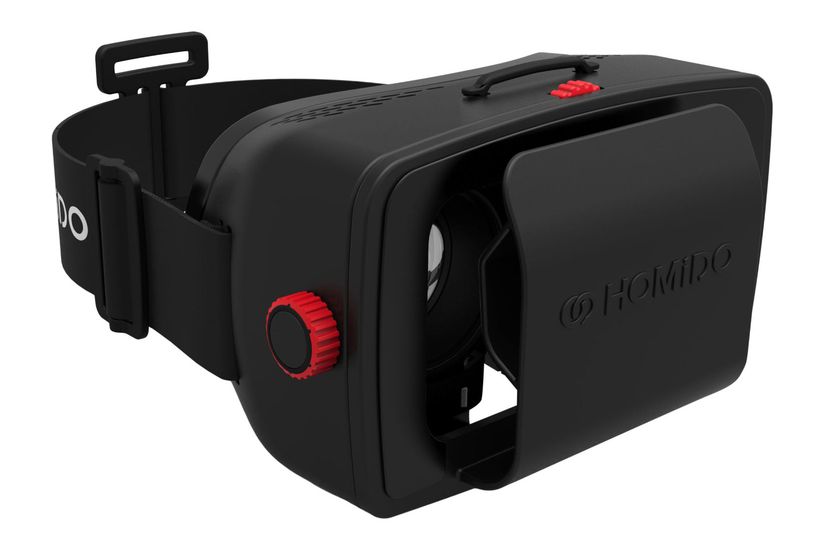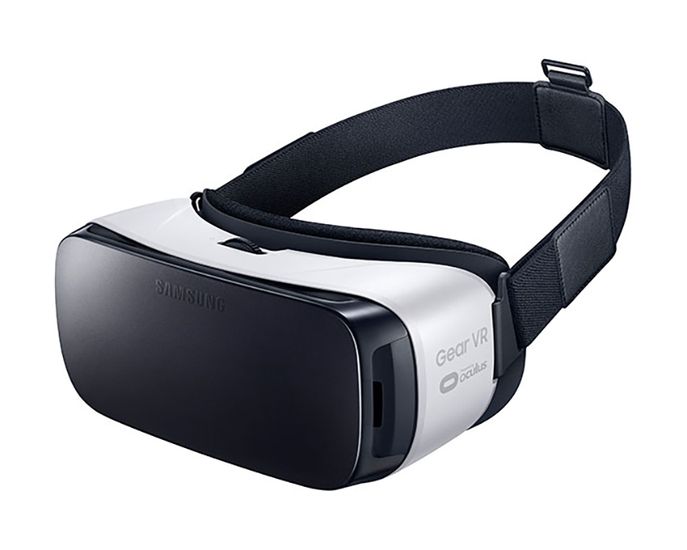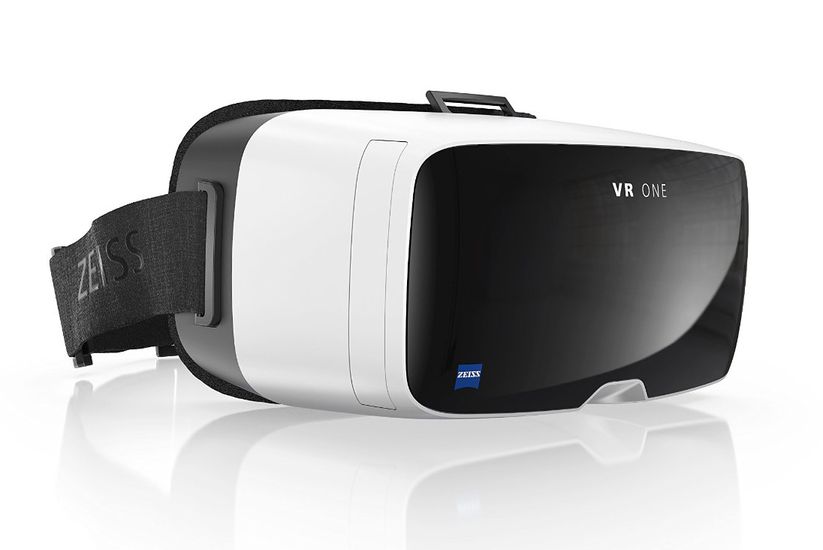Google Cardboard is a virtual reality viewer literally folded out of cardboard to fit around most Android phones, as well as some Apple iPhones -- about 6 inches is the maximum screen size. The viewer has no head strap, so users must hold it to their faces. There are loads of apps to give users a feel for the capabilities of VR, including an entire YouTube library of 360-degree video content. That being said, Google Cardboard is not meant to be a serious contender in the VR space. It's made of cardboard, after all, and can't be expected to last long. With no head strap, it's not particularly comfortable and would be unpleasant to use for long periods. Despite these flaws, expert reviewers say this should be the first choice for dipping a toe into virtual reality as cheaply as possible.
















